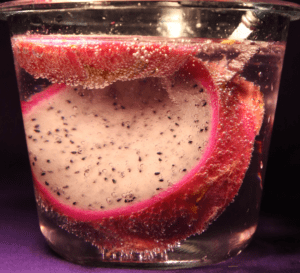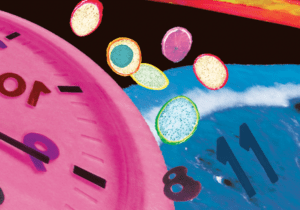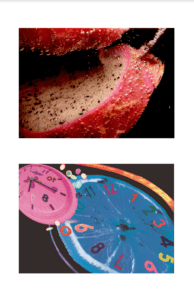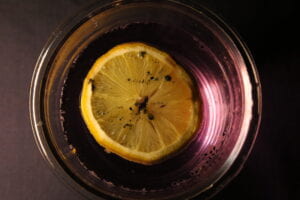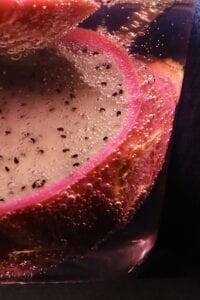It was when I spent the first night at the hotel of the quarantine after I landed in China. Because it was my first time so far away from my home, without any of my family members, I was overwhelmed with all the emotions I felt. The loneliness, excitement, scariness and mostly the homesickness. I was quarantined in Guangzhou and probably not the central part of the city because it was usually pretty quiet, which actually made me even more lonely.
I remember the feeling of having to stay in this unfamiliar place, where people spoke a different language, scared me the most. Because it was such a hot day, I decided to take a shower while thinking of what to do for the next 9 days. And because I was not used to the new and odd Chinese dishes, I cooked ramen for my dinner.
I also remember I was not being able to figure out how to connect my phone to the wifi so I stuck there for the whole night in total silence. Well, as there is no such thing as silence, I heard water dripping from the shower head in the toilet as well as mopeds passing by the building and the AC blowing at its highest frequency. Nothing made me miss home so much that I cried myself to sleep, only to wake up by the sound of something like a coin dropping but went back to sleep because I was too afraid to think about what will happen next.
